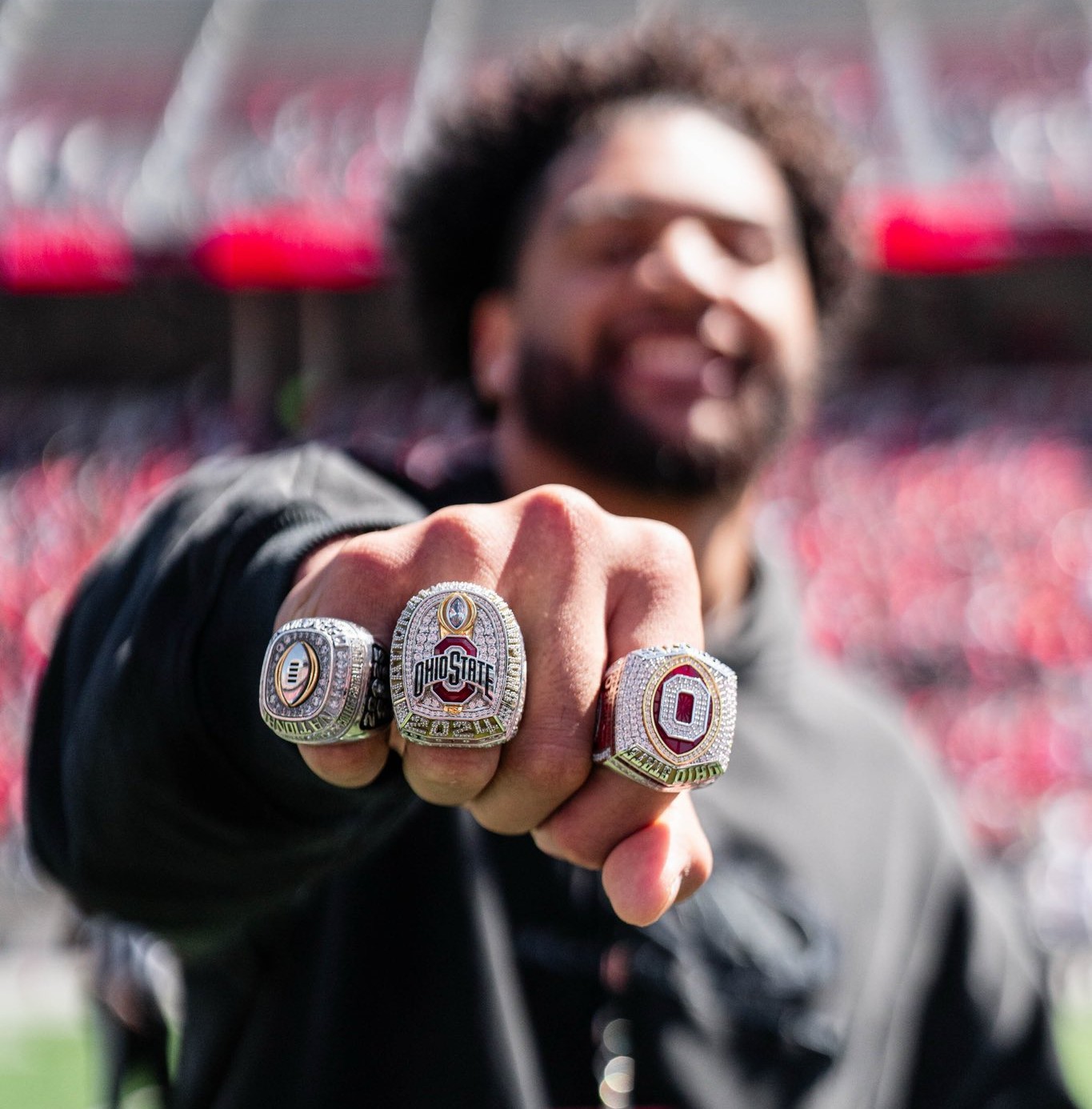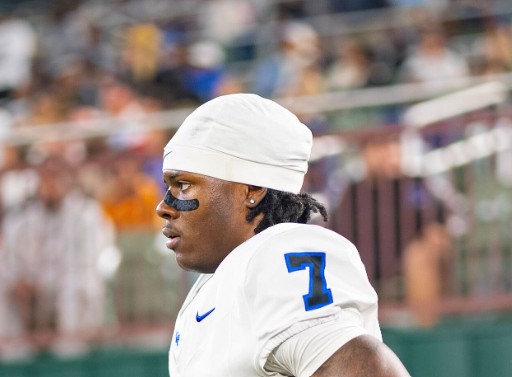
In Columbus, championships are sacred. For generations of Ohio State fans, a title
means pride, legacy, and a celebration of the relentless work that defines Buckeye
football. But in the wake of the team’s latest championship run, what should have been
a unifying moment has stirred unexpected controversy across Buckeye Nation.
At the center of the controversy: a custom-designed championship ring featuring a
Christian cross, and the team’s celebratory visit to the Trump White House.
A Symbol and Its Critics
The ring, which otherwise showcases traditional Buckeye imagery and accolades,
includes a prominently placed Christian cross—an addition reportedly requested by
players and team leaders. While many fans view the design as a reflection of the team’s
values and a nod to the program’s spiritual culture, others have raised concerns about
the appropriateness of religious symbolism in team-issued memorabilia from a public
university.
“There’s room for faith in sports,” one long time Buckeye fan stated, “but when it’s built
into team memorabilia or wrapped in partisan symbolism, it stops feeling like it’s about
football.”
Dr. Kelsey Moore, a professor of sports ethics at Ohio State, echoed those concerns,
noting, “When a public institution endorses religious or political imagery, even implicitly,
it risks alienating portions of its community.”

White House Visit Adds Fuel
The team’s White House visit added another layer of complexity. Traditionally, national
champions are honored by the sitting president. This year, it was President Donald
Trump. While some fans viewed the visit as an honor and a once-in-a-lifetime
experience for the athletes, others saw political undertones that clashed with their
values.
Social media lit up after images emerged of star wide receiver Jeremiah Smith shaking
hands with the president. While many saw the moment as a matter of protocol and
respect, others accused the program of endorsing a political figure—whether intended
or not.
Some critics argue that, while the team has every right to express personal faith and
political beliefs, official events and team memorabilia should aim to be more inclusive of
the diverse backgrounds that make up the roster and fanbase.
A Divided Response
Online and on the airwaves, Buckeye Nation is split. Supporters of the ring and the
White House visit emphasize freedom of expression and the right of players and
coaches to reflect their values. Detractors counter that those symbols, even if well-
intentioned, send a message that not all fans or teammates may feel represented by.
Caught in the middle is Ohio State itself—a program now navigating the larger national
conversation about identity, inclusion, and the evolving role of sports in public life.

Where the Program Stands
Ohio State has not issued an official statement regarding the ring design or the White
House visit. Internally, the moves appear to reflect the will of the team rather than an
institutional position. Still, the university finds itself navigating a tricky path—balancing
individual expression with a responsibility to represent a broad and diverse fanbase.
What It All Means
In the end, this isn’t just about a ring or a photo op. It’s about what it means to represent
Ohio State—not just on the field, but off it. As college athletics become increasingly
intertwined with social and cultural conversations, moments like these challenge
programs to think deeply about identity, inclusion, and leadership.
For Buckeye Nation, the debate may not overshadow the joy of a championship—but
it’s a reminder that even in celebration, symbols carry weight. And in a program as
proud and passionate as Ohio State’s, every detail matters.










